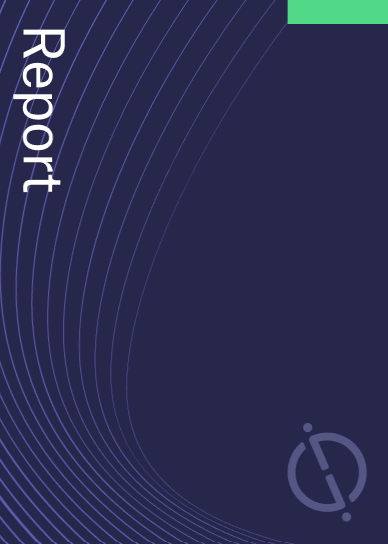The power sector is embracing the Internet of Things (IoT) to drive innovation and improve operations. Recent patents from companies like Senseware Inc, Intel Corp, Passivelogic Inc, Wolfspeed Inc, and Eaton Corporation Plc offer advanced IoT solutions for enhanced monitoring, resource management, security, and automation. These technologies enable customized data streams, dynamic resource management, distributed building automation, enhanced security, and improved electrical safety.The impact of IoT extends beyond the power sector, influencing various industries. GlobalData’s Internet of Things market report provides comprehensive analysis of the IoT market. Buy the report here.
This article presents a quarterly round-up of the latest trends in the power industry regarding IoT. It provides an overview of recent developments in IoT-related deals, talent acquisition, and patent filings within the power industry.
Diverse applications of internet of things in power industry
Power companies are increasingly leveraging Internet of Things (IoT) technologies to enhance operational efficiency and innovate their services. Recent patents highlight advancements such as Honeywell's integrated energy optimizer, which combines cloud and edge computing to optimize energy management in buildings. Schneider Electric's automated cypher configuration method enhances security for industrial devices, ensuring robust data protection. Additionally, Ford's peer-to-peer communication system facilitates efficient software updates for smart infrastructure, improving connectivity and responsiveness. These innovations enable power companies to streamline operations, enhance security, and improve user experiences, ultimately driving greater efficiency and reliability in energy management and industrial applications.
The industry experienced a 48% decline in the number of IoT-related patent applications in Q2 2024 compared with the previous quarter. On an annual basis, the number of IoT-related patent applications in the power industry witnessed a drop of 25% compared with Q2 2023.
Strategic deal trends in internet of things in power industry
Power companies are not only focusing on innovation to enhance their patent portfolios but are also making strategic investments in IoT. These investments aim to secure lucrative deals with partners and position themselves at the forefront of industry advancements. Some of the recent deals underscore the importance of IoT in the power industry.
In Q2 2024, the number of IoT-related deals in the power industry remined flat by 0.00% compared with Q2 2023. On a quarterly basis, there was 64% increase in the number of deals in Q2 2024 compared with the previous quarter.
Impact on hiring
In terms of new job posting, in Q2 2024, the power industry experienced a 10% growth compared with the previous quarter. On an annual basis, job postings also declined by 12%. Notably, computer and mathematical occupations, with a share of 18%, emerged as the top IoT-related job roles within the power industry in Q2 2024, with new job postings rising by 4% quarter-on-quarter. Management occupations came in second with a share of 10% in Q2 2024, with new job postings rising by 2% over the previous quarter. The other prominent IoT roles include architecture and engineering occupations with a 10% share in Q2 2024, and business and financial operations occupations with a 4% share of new job postings.
Landis+Gyr Group, Landis+Gyr, Enel, E.ON, and Octopus Energy are among the top companies leading in IoT hiring within the power industry.
Countries driving adoption of internet of things in power industry
The UK is the leading country in IoT adoption within the power industry, boasting the highest number of IoT-related patents, jobs, and deals. Meanwhile, the US, Canada, India and France also maintain significant positions in IoT adoption within the power industry.
In conclusion, the power industry is increasingly leveraging IoT technologies to drive innovation, enhance operational efficiency, and secure strategic partnerships. Despite a decline in patent applications, the sector remains focused on IoT-driven growth, particularly in hiring and deal-making.
To further understand GlobalData's analysis on Internet of Things in the power industry, buy the report here.
Data Insights
From

The gold standard of business intelligence.
Blending expert knowledge with cutting-edge technology, GlobalData’s unrivalled proprietary data will enable you to decode what’s happening in your market. You can make better informed decisions and gain a future-proof advantage over your competitors.



